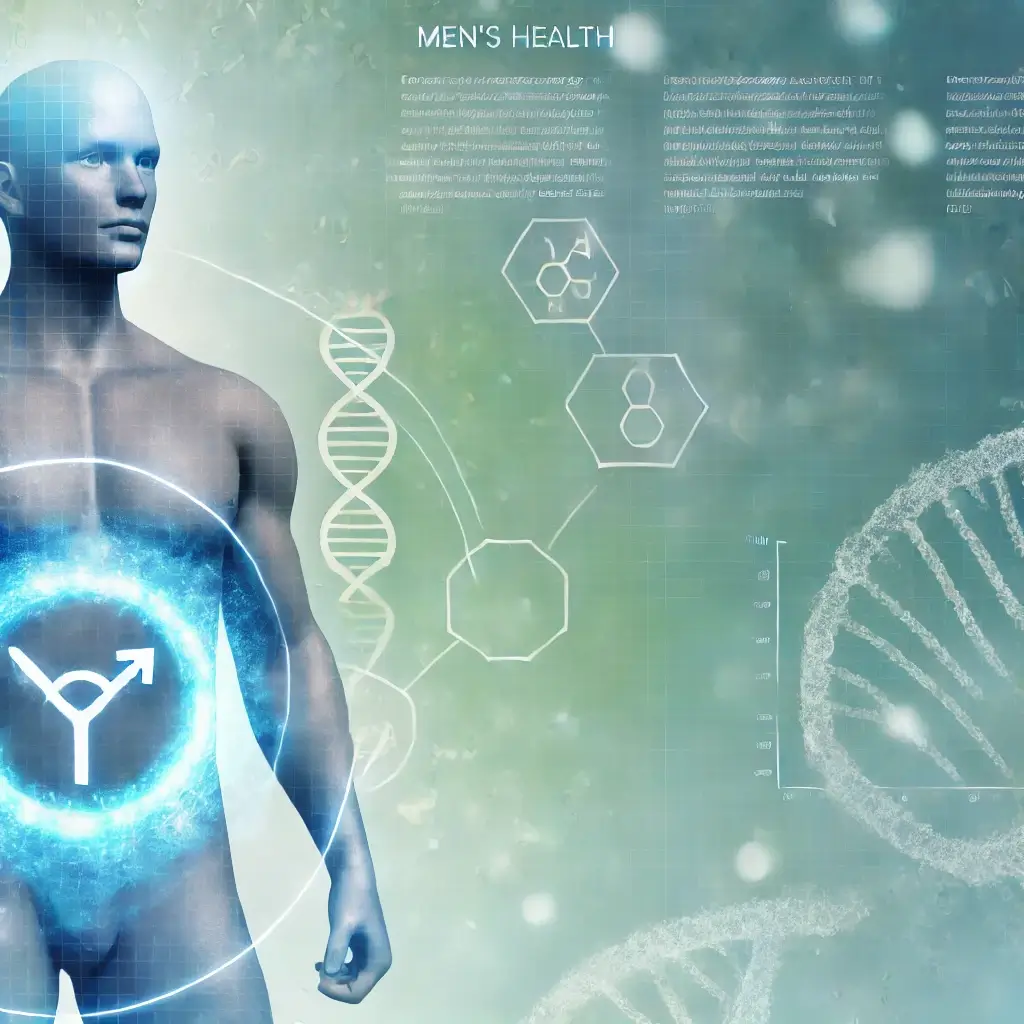Factors Influencing Free Testosterone Levels
Establishing a singular “optimal level” of free testosterone can be challenging due to its variability, which is influenced by various factors such as age and laboratory reference ranges. Testosterone levels naturally decrease as one gets older, and the optimal state of health for a young guy in his 20s-30s would differ from that of an elderly man in his 60s and beyond.
Understanding Free Testosterone
Free testosterone levels are an important measure of the amount of testosterone hormone in the body, which is essential for different physiological functions, especially in males. The concentration of unbound testosterone in the bloodstream is a crucial measure of total testosterone levels.
Normal Range for Free Testosterone
Most medical laboratories determine the normal range for free testosterone in adult males, which is typically between 46 and 244 picograms per deciliter (pg/dL). This range is derived from a thorough examination and evaluation of data obtained from individuals in good health, considering various parameters including age, body composition, and overall health condition.
Factors Affecting Free Testosterone Levels
It is crucial to acknowledge that levels of free testosterone can vary throughout the day and can be affected by various factors, such as stress, physical activity, and nutritional consumption. Moreover, the ideal range for each individual might be influenced by variances in metabolism and sensitivity to testosterone.
Monitoring and Assessing Free Testosterone
Regular surveillance of free testosterone levels and a thorough assessment of overall hormonal equilibrium can assist healthcare providers in detecting and remedying any disparities or insufficiencies. These data can be utilized to formulate individualized therapy strategies to enhance hormonal equilibrium and promote holistic welfare.
Collaboration with Healthcare Providers
It is imperative for individuals to collaborate closely with their healthcare providers to comprehend their levels of free testosterone, analyze the findings, and decide on suitable steps to take if needed. By ensuring the maintenance of adequate quantities of free testosterone, individuals can enhance their physical, mental, and sexual performance to the fullest extent.
Considering Total Testosterone and SHBG Levels
When considering testosterone levels, it is crucial to remember that free testosterone is only a single component of the overall picture. Doctors frequently consider both the levels of free testosterone and total testosterone when assessing a man’s testosterone state. SHBG levels should also be considered.
Symptoms and Further Examinations
If the levels of unbound testosterone remain within the acceptable range, a male individual may still encounter manifestations associated with insufficient testosterone, such as weariness, diminished sexual desire, or erectile dysfunction. Under such circumstances, a physician may contemplate conducting further examinations or exploring alternative courses of treatment.
Seeking Professional Advice
Seeking the advice of a physician is essential for obtaining a precise evaluation. They can analyze your test outcomes based on your age, symptoms, and overall well-being. Physicians may suggest additional diagnostic tests or treatment strategies based on their assessment.
Additional Resources
The American Urological Association (AUA) has provided guidelines for Testosterone Replacement Therapy. The Mayo Clinic also offers information on the impact of low testosterone on men’s health. It is crucial to maintain open conversation with a doctor to comprehend your testosterone levels and any prospective consequences for your health.
